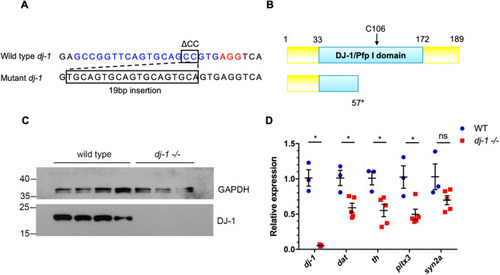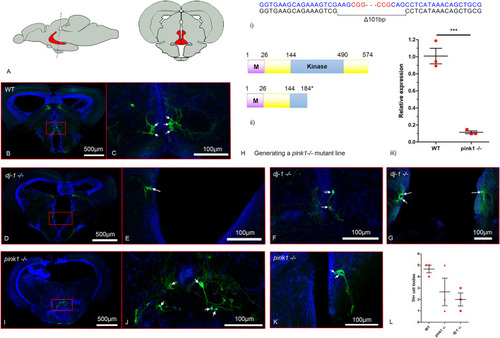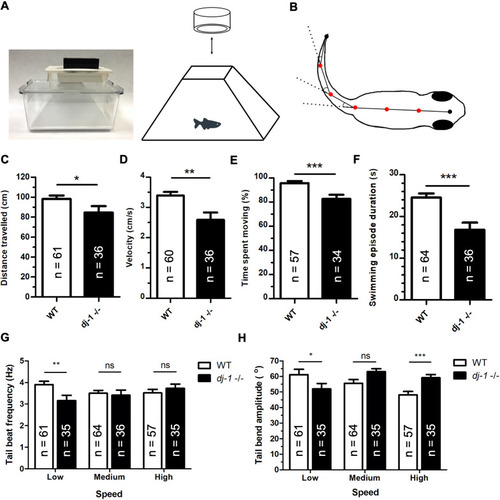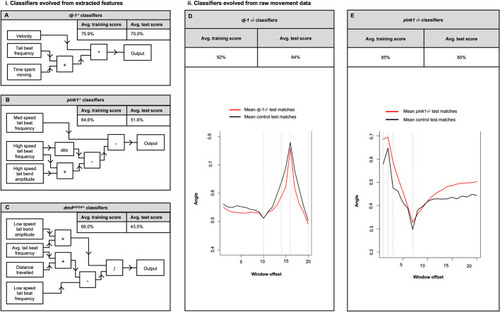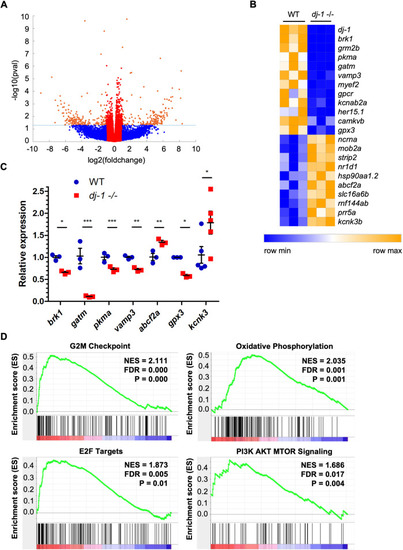- Title
-
Machine learning discriminates a movement disorder in a zebrafish model of Parkinson's disease
- Authors
- Hughes, G.L., Lones, M.A., Bedder, M., Currie, P.D., Smith, S.L., Pownall, M.E.
- Source
- Full text @ Dis. Model. Mech.
|
|
|
|
|
PHENOTYPE:
|
|
PHENOTYPE:
|
|
|

